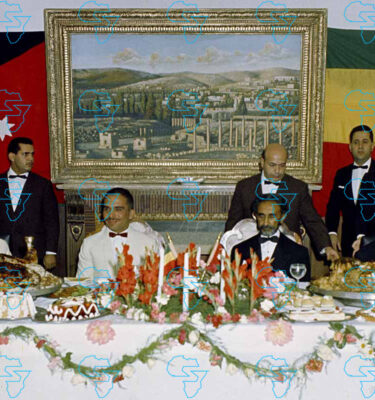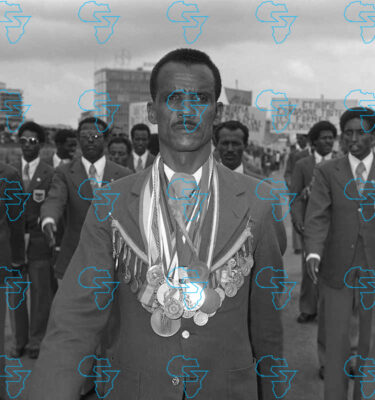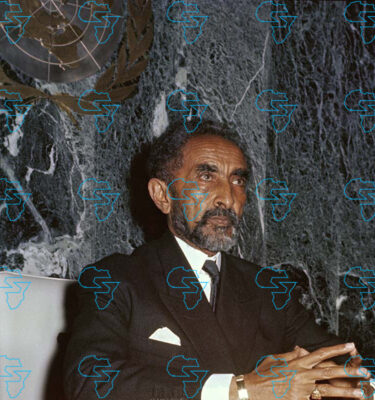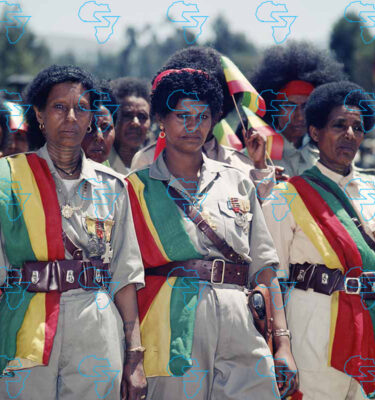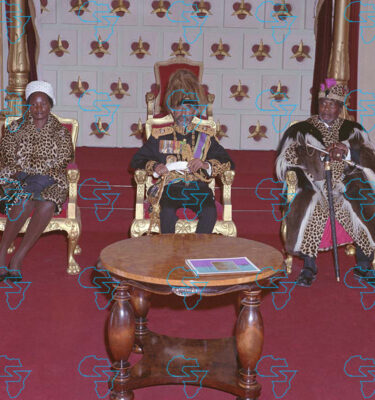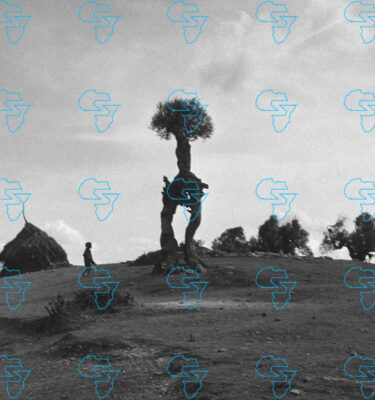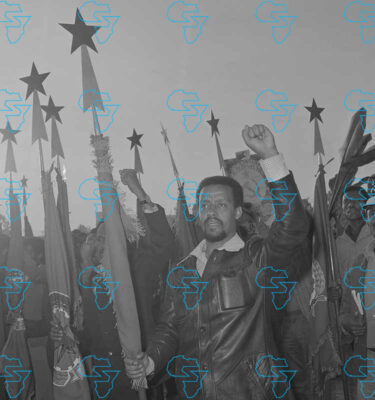
Experts caution irrigation schemes must be examined carefully
The Ministry of Water and Energy has unveiled a conceptual master plan aimed at converting close to 30,000 square kilometers of land around the Grand Ethiopian Renaissance Dam (GERD) into a development corridor integrating irrigation, agriculture, industry, tourism and environmental protection.
The 53-page draft obtained by The Reporter proposes new land-use zones, road networks, buildable areas and buffer belts designed to link the country’s largest hydropower project with long-term regional economic growth in mind.
The inception report commissioned by the Ministry and prepared by the Ethiopian Construction Design and Supervision Works Corporation was revealed to federal and regional stakeholders at the Pyramid Hotel in Bishoftu, Oromia earlier this week.
From The Reporter Magazine
Its authors have identified more than 3,900 square kilometers as “buildable areas” for cultivation and construction.
More than 200 islands created by the GERD reservoir known as Nigat are designated for controlled tourism and biodiversity use. The plan prioritizes four economic sectors; aquaculture, fruit farming, mining and tourism and recommends a three-phased implementation.
The phases comprise island development, interlinks between the nearby Guba and Wonbera towns, urban settlement, industry and infrastructure, horticulture, fisheries, environmental protection initiatives, parks, and a GERD museum.
From The Reporter Magazine
The report’s authors propose establishing buffer zones 100 to 500 meters to separate development and conservation areas. These buffers would function as linear parks, wildlife corridors, and forest belts, designed to mitigate pollution and erosion, according to the document.
Beyond the immediate buffer, transitional zones are proposed to host recreation and low-density settlement, serving as ecological filters. The document categorizes them into national parks, active and passive parks, and amusement or water parks, covering more than five hectares each.
During the discussion Ashadeli Hassen, president of the Benishangul-Gumuz Regional State, argued that the master plan must include incentivized mechanization and sustainable livelihood programs for people who could be displaced or affected by the creation of buffer zones. The President also called for mechanisms ensuring local participation in both agricultural and industrial activities envisioned in the plan.
“Approximately 26.25 percent of the Benishangul-Gumuz region is earmarked for conversion into commercial farms, with urbanization primarily concentrated in and around Asosa town,” reads the document.
Ashadeli also called for integrated peace and security efforts between the federal government and the regional administration to ensure safety in the area.
Genet Gebregziabher, a representative from the Ministry of Urban and Infrastructure, urged the Benishangul-Gumuz regional council to introduce legislation to ensure that legal urban planning procedures are fulfilled ahead of time.
She also emphasized the need to ensure the practical placement of buffer zones.
Fikru Regassa, a state minister of Agriculture, and another expert from the Ministry of Water and Energy, recommended that the irrigation components of the master plan be studied separately to ensure that future agricultural projects do not conflict with international water laws.
Fikru said that the Ministry of Lowland and Irrigation, along with other sectoral stakeholders, must carefully examine irrigation development plans envisioned in the large area surrounding GERD.
The expert emphasized that irrigation development within the GERD corridor must be assessed for potential trans-boundary implications before implementation, particularly to avoid perceptions of treaty violations or misuse of shared water resources.
Both experts advised that any irrigation-based projects proposed in the plan should undergo independent feasibility and environmental studies before approval.
On the other hand, the infrastructure roadmap proposes new and upgraded road links between Guba, Wonbera and Asossa, along with water-transport routes across the reservoir to reconnect resettled communities. Cable-car and pedestrian bridges between major islands have also been suggested.
Officials hope to see the corridors foster integration and cross-border trade with Sudan.
The plan calls for reforestation of steep slopes, regulation of settlement growth and promotion of eco-friendly production methods. Financing and detailed implementation mechanisms are to be developed in subsequent stages.
The presentation of the GERD master plan comes as negotiations between Ethiopia, Egypt, and Sudan on the Nile resume under African Union mediation.
.
.
.
#Ministry #Unveils #Ambitious #GERD #Development #Plans
Source link



